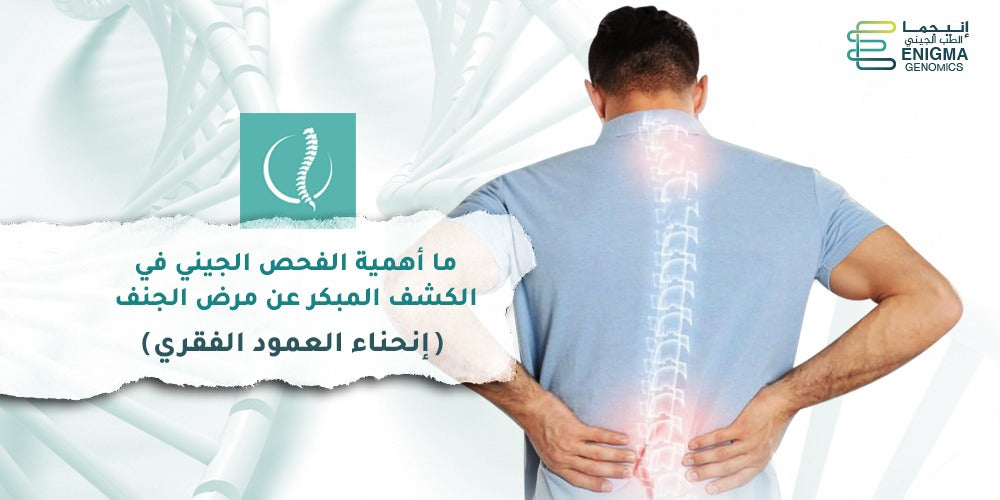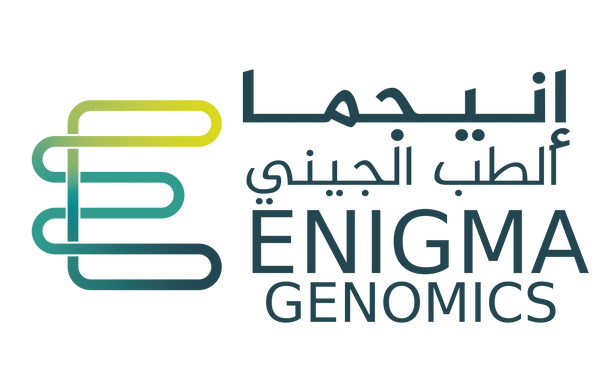
هل الجنف من الأمراض الوراثية؟
ربما تكون تسمع مصطلح "الجنف" لأول مرة الآن. يعتبر "الجنف" من الاضطرابات المؤثرة على العمود الفقري التي قد تؤدي إلى إعاقات في المستقبل إذا تطورت شدته. ورغم أن أكثر أنواعه انتشارًا أسبابه مجهولة، إلا أنه من المرجح أن يكون سببه وراثيًا إلى حدٍ كبير.
سنسلط الضوء أكثر في هذا المقال على مفهوم "الجنف"، وأعراضه، ومضاعفاته، وطرق علاجه المتاحة.
ما هو الجنف؟
"الجنف" هو تشوه ثلاثي الأبعاد بالعمود الفقري يكون في شكل انحناء جانبي غير طبيعي للعمود الفقري، ويظهر عادةً في مرحلة الطفولة أو المراهقة. تعتبر الفتيات أكثر عرضة لتطور الجنف أكثر من الفتيان وربما يتطلب الأمر الجراحة.
ما أعراض الجنف؟
تبدأ أعراض الجنف في الظهور عادةً بعمر 10-15 سنة، وتكون في شكل انحناءات بسيطة في العمود الفقري ثم تتطور بمرور الوقت إلى انحناءات شديدة تؤثر على الرئتين وقد تؤدي أيضًا إلى الإصابة بورم في العمود الفقري. يتميز الجنف أيضًا ببروز الأضلاع بأحد جانبي الجسم عن الجانب الآخر.
من أبرز أعراض الجنف أيضًا ما يلي:
1. عدم تساوي الكتفين مع ملاحظة بروز بأحد لوحي الكتفين أكبر من الآخر.
2. ارتفاع أحد الوركين عن الآخر.
3. عدم تساوي الخصر.
4. ميل الجسم إلى أحد الجانبين.
5. وجود تغيرات غير طبيعية بالجلد المحيط بالعمود الفقري، مثل تغير لون الجلد.
6. بروز أحد جانبي القفص الصدري أكثر من الآخر.
قد يتسبب الجنف في حدوث مضاعفات أخرى، مثل:
1. انزلاق الفقرات.
2. مشاكل بالتنفس، نتيجة ضغط القفص الصدري على الرئتين.
3. آلام الظهر المزمنة.
كيف يمكن تشخيص الجنف؟
يمكن تشخيص "الجنف" عادةً، أو ميلان العمود الفقري الجانبي من خلال الأشعة السينية، أو الأشعة المقطعية، أو الرنين المغناطيسي. يمكن أيضًا الكشف عنه مبكرًا من خلال الفحوصات الجينية. ويمكن تصنيف شدة ميلان العمود الفقري لتحديد الإجراء المناسب وفقًا للمعدلات التالية:
- إذا كان الميلان أكبر من 25-30 درجة يعتبر متوسط إلى حدٍ ما.
- إذا كان أكبر من 45-50 درجة يعتبر ميلان أو انحناء حاد ويحتاج إلى علاج مكثف.
ما أسباب الإصابة بالجنف؟
أغلب أنواع الجنف غير معروف سببها بالتحديد، لكن أكثر أنواعه انتشارًا سببه وراثي. قد تنتج الأنواع الأخرى من الجنف عن بعض الأسباب المرضية، مثل:
1. تشوه أو شذوذ بالحبل الشوكي.
2. تأثر نمو عظام العمود الفقري منذ الولادة.
3. التعرض لإصابات بالعمود الفقري.
4. الإصابة بالشلل الدماغي، أو ضعف العضلات وضمورها (الحثل العضلي)، وغيرها من الحالات المؤثرة على الأعصاب والعضلات.
هل يوجد علاج للجنف؟
يختلف الإجراء العلاجي المطلوب لعلاج انحناء العمود الفقري الجانبي، وفقًا لعدة عوامل:
1. مدى اكتمال نمو العمود الفقري.
2. درجة وشدة انحناء العمود الفقري.
3. موضع الانحناء بالتحديد.
4. مدى احتمالية تطور الانحناء، فمثلاً الانحناء أو البروز الموجود بالقفص الصدري يكون أكثر قابلية للتطور عن البروز بأي موضع آخر بالجسم.
وبناءً على ذلك، تتعدد الخيارات العلاجية المتاحة، فقد تتطلب حالة المريض:
1. إجراء فحوصات دورية:
في حالات الجنف الطفيفة ومتوسطة الشدة، قد يتطلب الأمر متابعة مدى تطور حالة المريض فقط دون علاج. فمثلاً، قد يطلب الطبيب إجراء فحص دوري للأطفال المصابين بالجنف كل 4 أو 6 شهور، بينما قد يطلب إجراء أشعة سينية للبالغين كل 5 سنوات.
2. تقويم العظام (الدعامات):
قد يكون مقوم العظام مجديًا مع الأطفال الذين لا زالوا في مرحلة النمو وتتراوح درجة انحناء عمودهم الفقري بين 25-40 درجة، لوقف انحناء الظهر. أظهرت هذه الطريقة العلاجية فعاليتها في وقف زيادة انحناء الظهر لدى 80% من الحالات. ظهرت مؤخرًا أيضًا أنواع أخرى من دعامات الظهر، منها دعامات غير مرئية يمكن ارتدائها أسفل الذراع بدلاً من لفها حول الرقبة.
3. الجراحة:
قد تكون الجراحة هي الحل الأفضل لعلاج انحناءات العمود الفقري الشديدة والتي قد تتطور أكثر في المستقبل. يوصي الأطباء عادةً بإجراء جراحة للأطفال الذين لديهم انحناءات شديدة بالعمود الفقري أكبر من 40 درجة لوقف تقوس الظهر، بينما ينصحون بالجراحة للبالغين الذين لديهم انحناءات أكبر من 50 درجة مع ظهور مضاعفات أخرى، مثل تلف أعصاب الساقين.
وختامًا، يمكن اكتشاف الجنف مبكرًا من خلال الفحوصات الجينية أيضًا، وخاصةً فحص الإكسوم (Whole Exome sequencing)، الذي يكشف عن الأسباب الوراثية المسببة لمرض الجنف وغيره من الأمراض الوراثية صعبة التشخيص من خلال فحص أكثر من 20000 جين منعًا لانتقالها للأبناء وتجنبًا لمضاعفاتها بالمستقبل.
تساعدك أيضًا الاستشارة الوراثية في معرفة معلومات أكثر عن الجنف وطرق الوقاية والعلاج المناسبة.
